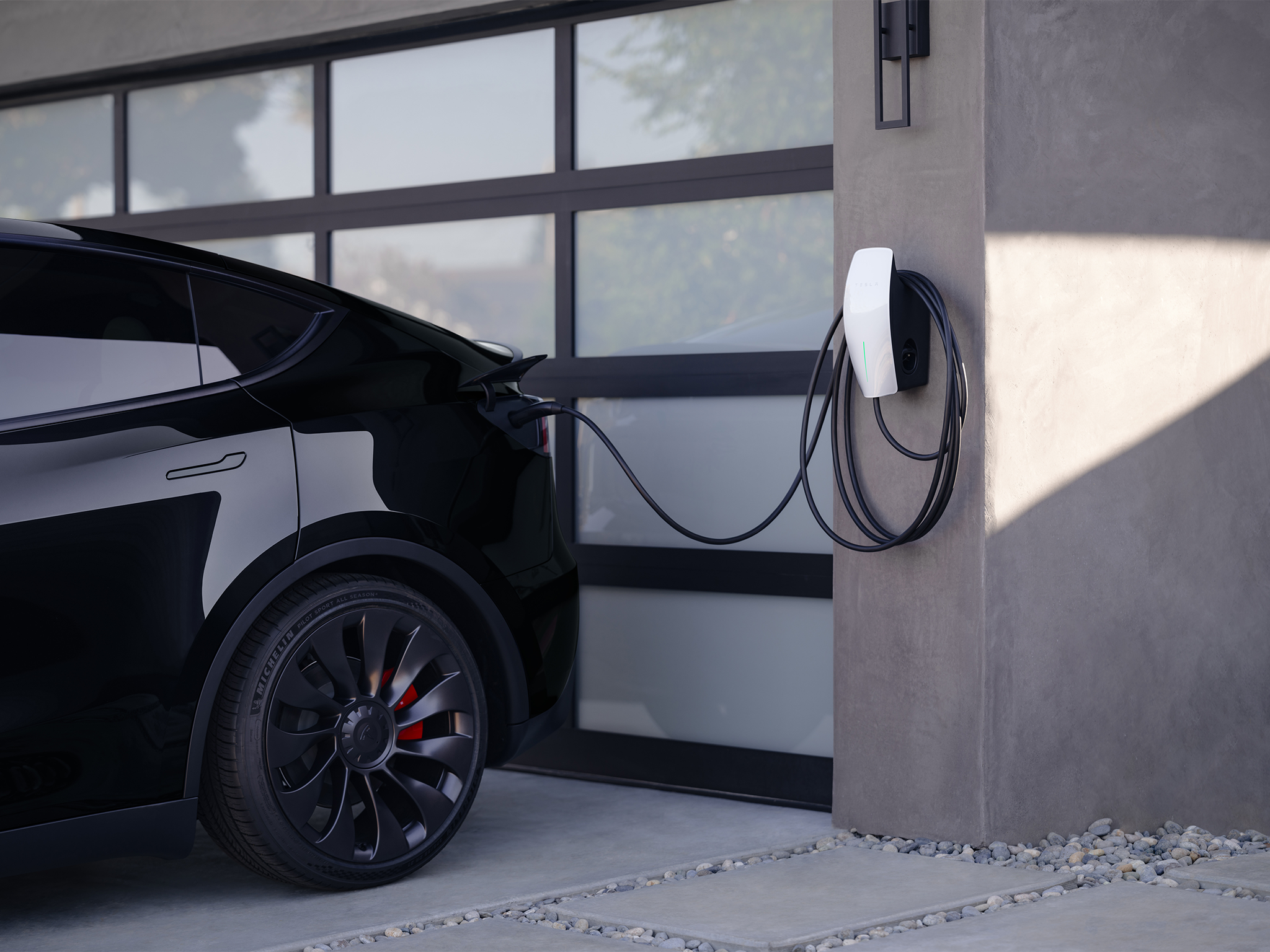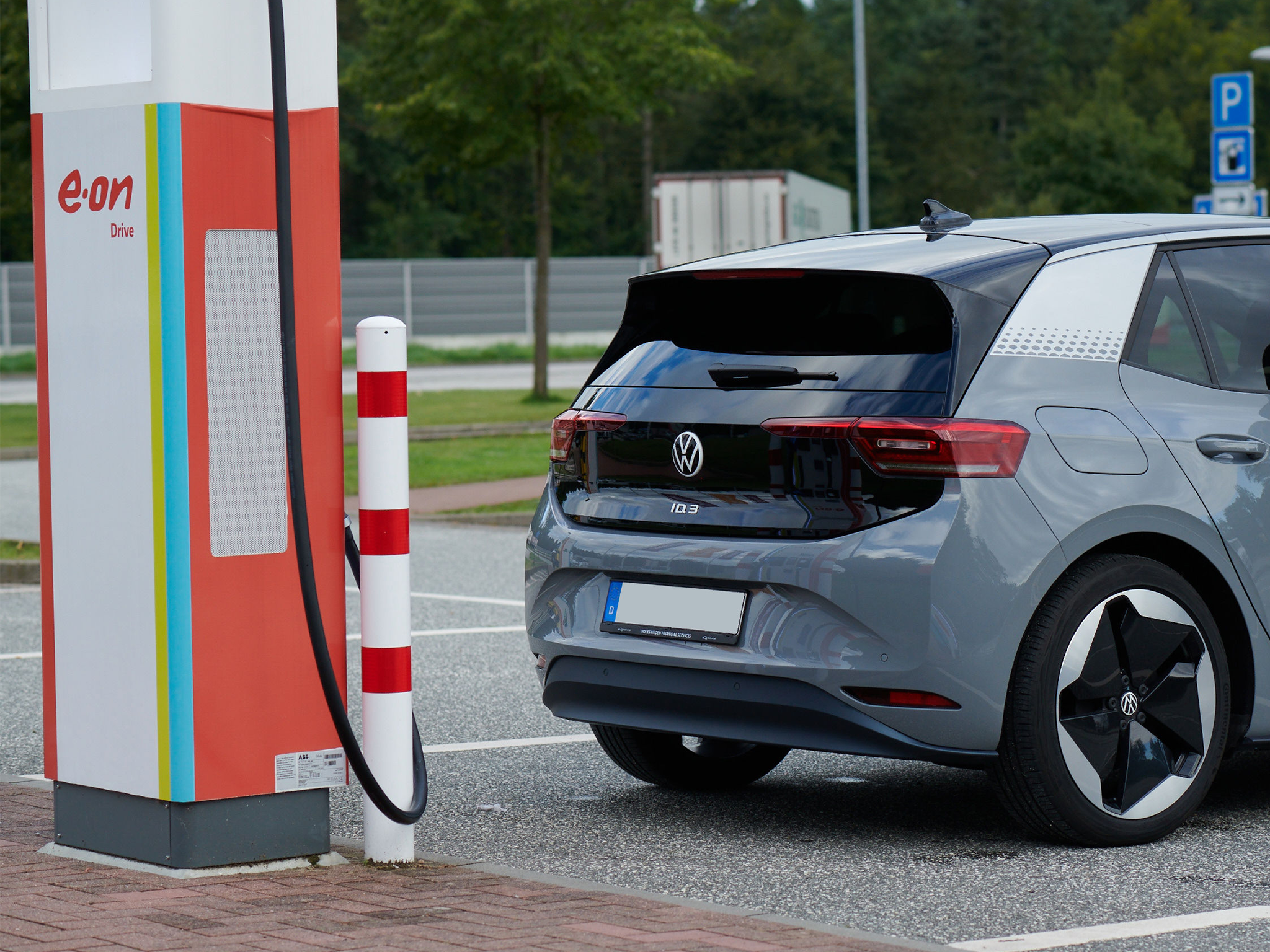All you need to know about renewable energy – and how you can really go green with your EV
Once you’ve bought an electric car and you’re enjoying driving around in a zero emissions vehicle, your thoughts turn to where the electricity that powers your new car comes from. Steve Fowler explores how renewable energy works and what you and your EV can do to make the most of it


Your support helps us to tell the story
From reproductive rights to climate change to Big Tech, The Independent is on the ground when the story is developing. Whether it's investigating the financials of Elon Musk's pro-Trump PAC or producing our latest documentary, 'The A Word', which shines a light on the American women fighting for reproductive rights, we know how important it is to parse out the facts from the messaging.
At such a critical moment in US history, we need reporters on the ground. Your donation allows us to keep sending journalists to speak to both sides of the story.
The Independent is trusted by Americans across the entire political spectrum. And unlike many other quality news outlets, we choose not to lock Americans out of our reporting and analysis with paywalls. We believe quality journalism should be available to everyone, paid for by those who can afford it.
Your support makes all the difference.Renewable energy has become a critical part of our future. Governments, businesses and consumers are grappling with the urgent need to transition from fossil fuels to more sustainable energy sources. The UK is aiming for net zero by 2050, so a transition to an electricity system with 100 per cent zero-carbon generation is hugely important.
According to National Grid, renewable energy sources include wind, solar, hydroelectric and bioenergy. In 2023, wind power contributed 29.4 per cent of the UK’s total electricity generation, solar 4.9 per cent, hydropower 1.8 per cent and biomass energy (which is still counted as renewable even though it involves the burning of organic materials) contributed five per cent.
A quick check of National Grid Live (which claims to show the UK’s energy mix over set periods of time), shows that in the week leading up to 25 September, gas was still the biggest source of electricity production at 31.6 per cent, followed by wind at 20.8 per cent. There’s clearly work to be done – and we all need to play a part.
Renewable energy expert Andy Sage from E.ON Next wants to help clear the air when it comes to renewable energy sources and has some sound advice on what needs to be done to make it work best for you.
“We have to think of energy as a product over time,” says Sage. “If you must use coal, are you still better off building new power stations that are much more efficient? They still burn stuff, but you get a lot more value from that energy content. And if you build a bunch of wind turbines, are they greener than a coal-fired power station from day one? It’s hard to say, because you still had to invest in the steel and concrete to make it work.”
As the latest stats show, renewables are responsible for a greater part of our energy mix with each passing year. But the part we as consumers must play can also have a big effect. As Andy Sage explains, our own behaviour change is key.
“As different sources start to die off, more renewables will feed the grid,” says Sage. “Let’s just take it for granted that our grid will be one hundred percent renewable at some point in the future. To make that work, we need the role of EVs and we need the role of storage and software to balance consumption, storage and export.”

“There is some behaviour change that we’ll have to do, but it’s not as bad as some might think. A great example is the debate about what range anxiety means. I’ve always said it’s not range anxiety, it’s time anxiety. If you can charge your car fully in 10 minutes you don’t worry about range, so the range of the vehicle is not the problem.
“I think it’s about getting people to understand that this is what ‘green energy’ really means – it’s about seeing and understanding the journey from what we do right now to the future, and understanding that it’s a behaviour change that we will get used to.
“It’s about accepting that behaviour change takes time. There are so many examples in the past, like the backlash against seatbelt laws. Today it’s obvious: why wouldn’t we wear seatbelts in our cars?”
“It will take time for people to realise that things like doing the tumble drying after midnight isn’t hard to do, it just takes a little bit of planning. Some people have a negative feeling towards ‘green energy’ because they see the end state of sudden behaviour change and a loss of benefit. What they’re not seeing is just how quickly we can adapt to change, and that’s what makes ‘green’ energy work.”

Education is key to behaviour change. Sage feels the government has a part to play and he even has a novel campaign idea to make it work. “A note I wrote down is that you need a Judi Dench or a Benedict Cumberbatch sat on a park bench just giving simple, basic, honest instruction,” says Sage. “Just plainly explaining what a kilowatt hour actually means. So, if you charge your car at home with seven kilowatt-hours, it’ll give you 21 miles in your car and it will cost you two and a half pence a mile.”
A greater understanding of how we use energy is key, but so is a true understanding of what renewable energy really is. Sage says that consumers should look out for something called a REGO, which stands for Renewable Energy Guarantees of Origin.
Energy regulator Ofgem defines REGO as a scheme that provides transparency to consumers about the proportion of electricity that a supplier sources from renewable electricity. Ofgem gives energy providers one REGO certificate for every megawatt hour of renewable energy they generate, which allows suppliers to prove the mix of fuels used to generate the electricity supplied. Think of it like a designation of origin on a bottle of champagne.
“When suppliers like us buy power, we have something called a power purchase agreement,” says Sage. “It’s essentially a contract that says we’ll pay a generator this much per megawatt hour that they generate.” The complexities of renewable energies mean that a fuel mix has to come into play, as Sage explains. “Our intention is to use our power purchase agreements to buy power from renewable sources, but there’ll always be times – we call it a fuel mix – where you can’t buy it all because you’re in a market where generators of different types will produce different things.”
Imagine you’ve got a whole housing estate with cars plugged in. All of a sudden, you’ve got a megawatt’s worth of storage there you haven’t had to build anything extra
“Obviously there are times when there won’t be enough renewables in the grid. But suppliers can’t just switch off; it’s not like a bakery where you can say we’ve run out of flour so we’re closing for the day. We have to buy all that a consumer may take, so we have to have that balance. Our intention is always to buy all [the renewables] we can, but there’s nothing to prevent a scenario where we also need non-renewable sources in the mix. But the more we reinvest, the more it will work. The REGO scheme means that when we buy REGO, we’re paying a premium to reinvest in renewables and E.ON has absorbed that cost.”
There’s a parallel argument in EVs, when calculating carbon emissions from ‘well-to-wheel’ rather than just ‘tank-to-wheel’. Well-to-wheel includes getting the oil out of the ground, processing it, transporting it, getting it into your tank and then burning it. With renewable electricity the REGO is there to ensure energy along the entire supply chain is as renewable as possible.
“This is where the argument that electric vehicles can never be green if they’re still using electricity from coal comes from,” said Sage. “If you’re plugging in, and the grid is mostly renewables-based and the REGO is there, that gives the best balance and the intention [of lowering emissions] achieved.”
Power storage is one solution to getting 100 per cent renewable energy in your home, whether that’s a local power storage station or a battery on your own property. E.ON Next has just announced a collaboration with the world’s largest offshore wind farm, 55 miles off the Yorkshire coast, and introduced a gust tariff that Sage says will eventually provide wind turbine power locally.

“Even though the electricity is going into the grid, at some point there will be more substations and more local storage. In theory, that would mean any properties nearby would only use the power from that power station and use the grid as a backup,” said Sage.
Solar panels on your roof that feed into your own battery storage system is also an option, with power for your home coming from the battery when daylight doesn’t provide any energy. That battery storage system doesn’t have to be a battery on the side of your house, though, as Sage explained. “If you’ve got your EV plugged in, that can effectively become your battery. Most home systems only need five or six kilowatts. A car battery is anything between 65 and over 100 kWh, so that’s huge, right? Imagine you’ve got a whole housing estate with cars plugged in. All of a sudden, you’ve got a megawatt’s worth of storage there you haven’t had to build anything extra. It gives you a sense of where the storage value of vehicle-to-home and vehicle-to-grid comes in.”
Software and smartphones also play a part in helping EV users choose the cheapest and greenest times to charge, with power companies like E.ON Next taking the responsibility to make it easy for customers.
The transition to “green” energy is inextricably linked with the adoption of electric vehicles, which can serve as both consumers and providers of energy in a dynamic, renewable-based grid. As we move towards a net zero future, it’s essential to address the challenges of defining, marketing, and implementing energy in a way that’s both effective and understandable for the public. Through strategic government support, innovative technologies, and a clear focus on the end goal, the transition to a more sustainable future is not just possible but inevitable.



Join our commenting forum
Join thought-provoking conversations, follow other Independent readers and see their replies
Comments